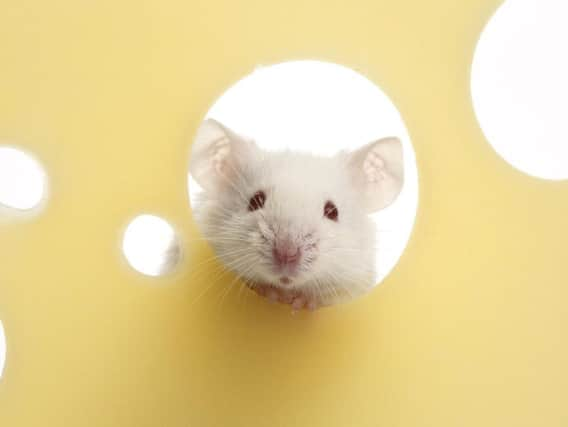Peoples brains are hardwired to respond to other itching


Some behaviors such as yawning and scratching are socially contagious, meaning if one person does it, others are likely to follow suit.
Now, researchers have discovered that socially contagious itching is hardwired in the brain.
Advertisement
Hide AdAdvertisement
Hide AdStudying mice, the scientists have identified what occurs in the brain when a mouse feels itchy after seeing another mouse scratch. The discovery may help scientists understand the neural circuits that control socially contagious behaviours in humans.
“Itching is highly contagious,” said Zhou-Feng Chen, PhD, director of the Washington University Centre for the Study of Itch.
“Sometimes even mentioning itching will make someone scratch. Many people thought it was all in the mind, but our experiments show it is a hardwired behaviour and is not a form of empathy.”
For this study, Chen’s team put a mouse in an enclosure with a computer screen. The researchers then played a video that showed another mouse scratching.
“Within a few seconds, the mouse in the enclosure would start scratching, too,” Chen said. “This was very surprising because mice are known for their poor vision. They use smell and touch to explore areas, so we didn’t know whether a mouse would notice a video. Not only did it see the video, it could tell the mouse in the video was scratching.”
Next, the researchers identified a structure called the suprachiasmatic nucleus (SCN), a brain region that controls when animals fall asleep or wake up. The SCN was highly active after the mouse watched the video of the scratching mouse.
When the mouse saw other mice scratching in the video and when placed near scratching littermates the brain’s SCN would release a chemical substance called GRP (gastrin-releasing peptide) a key transmitter of itch signals between the skin and the spinal cord.
Mr Chen said: “The mouse doesn’t see another mouse scratching and then think it might need to scratch, too. “Instead, its brain begins sending out itch signals using GRP as a messenger.
Advertisement
Hide AdAdvertisement
Hide Ad“It’s an innate behavior and an instinct. The next time you scratch or yawn in response to someone else doing it, remember it’s really not a choice nor a psychological response - it’s hardwired into your brain.”